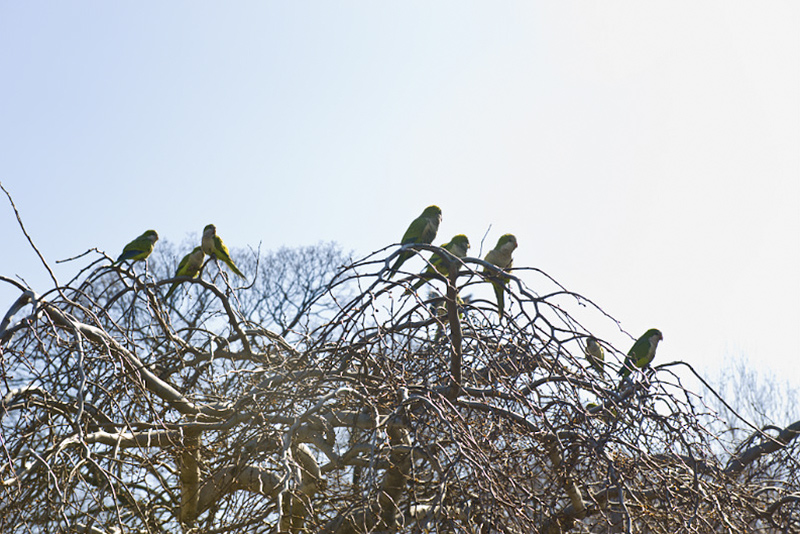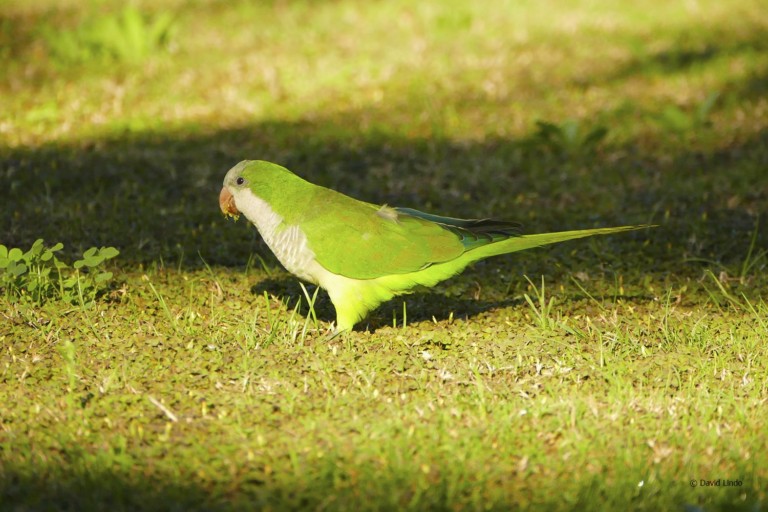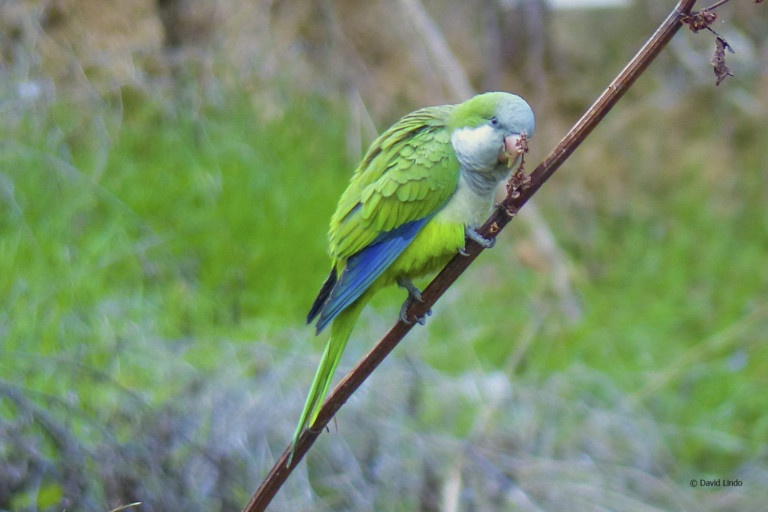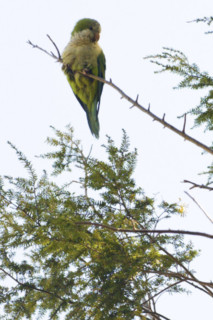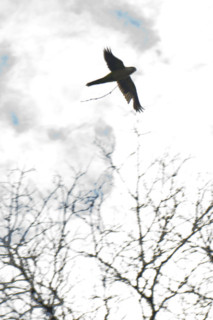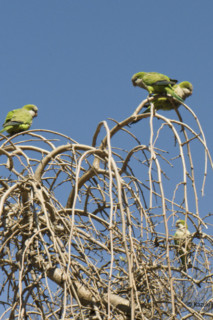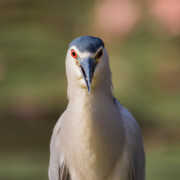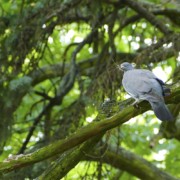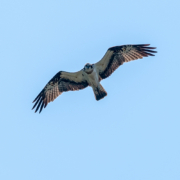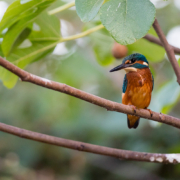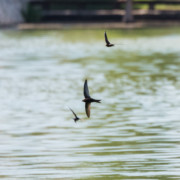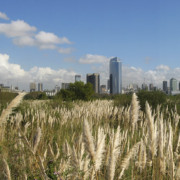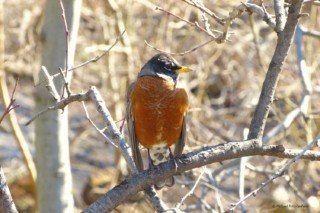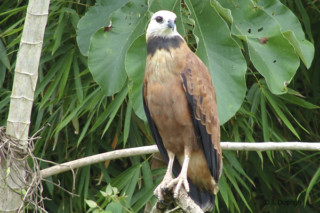How The Quakers Landed.
Urban legend has it (now documented) that c.1967 a large, live shipment of monk parakeets left their native South American home in route to the pet shops of lower Manhattan. Shortly after landing at JFK airport the large crates fell and broke releasing the parakeets who took off in all directions.
Since then, small, very local colonies of monks have turned up in various areas of the tri-state region: Pelham Parkway, Bronx. Brooklyn College campus and the Greenwood cemetery in Brooklyn, NY which I visited on a cold March day. I had heard and read about these green Martians and wanted to investigate for myself. I was accompanied by my friend, photographer Kazuki.
We were immediately taken in by these intelligent, peaceful and beautiful birds. They built their huge stick dome nests among the tops of the gothic cemetery gate, hanging like ornaments on a Christmas tree. They alternated between observant curiosity and, “as if we weren’t there”, oblivion. Some hid and cavorted within the monstrous weeping beeches and thick stands of hemlock and incense cedar. Other monks played and worked together rearranging and rebuilding the nest structures. And (lucky for us) some small groups of five or six monks would fly out from the tower, circle and land exposed atop the row of small weeping Chinese mulberry trees for head-bobbing meetings.
Amazingly pigeons, Mourning Doves and even one very cranky, over-territorial Northern Mockingbird sat and roosted among the quakers within inches of the nests in complete harmony with absolutely no aggression from the obviously much stronger quakers.
Human De-Conservationism.
Extinction and the “Starling/House Sparrow Syndrome”.
Around the 1900 mark, four of the worst avian ecological disasters possible occurred in the USA. First, the heartless persecution, slaying and ultimate disgraceful extinction of the Passenger Pigeon and the beautiful Carolina Parakeet. The Carolina Parakeet was the only member of the parrot family ever to be native to and breed within the USA. They were abundant and even nested as far north as the Great Lakes and the Catskills in New York State.
At around the same time, some very ignorant people brought and introduced two of the worst, most destructive agricultural and garden pests in the history of the world. The Common Starling and the House Sparrow soon overtook and overpopulated every area from Alaska and Canada south to Argentina and the Falkland Islands. These two non-native birds have been directly responsible for decimating the population of some of the most famous and loved native birds of the USA (which the monks live with in total harmony), including Purple Martin, Eastern Bluebird, Red-headed Woodpecker and many more species. They have basically achieved this through competition for hole and nest cavities and relentless aggression.
So what is my point? How is all this pertinent to the monks in New York City? My point is that the monks have shown none of these negative signs of behavior in the almost fifty years since arriving in the tri-state area. They don’t compete with other birds for nest sites or territory. They seem very happy to live on tree and weed seeds and buds and also eat many harmful insects. Monks are no stranger to many of the United States’s native birds. Long before the colonists arrived such birds as the Common Nighthawk, Eastern Kingbird, Purple Martin, House Wren and many others have been wintering five to six months each year within the native range of the Monks in South America. They have been coexisting and interacting for centuries and obviously the parakeets fit perfectly into the ecosystem here. Most importantly, they maintain very local, contained colonies and show no signs of taking over the U.S. I also believe that the quakers are possibly filling the ecological niche of their extinct distant cousins, the Carolina Parakeet. Both were native to similar temperate regions of the Americas.
Kazuki and I left Greenwood Cemetery with an admiration and respect for these wonderful birds. People can learn so much from their intelligent and gentle behavior towards each other and towards other birds and their loving caring family and social structure. We should welcome these green gems to melting pot of urban America.
Michael Fritz-Graham
New York City
April 2009


